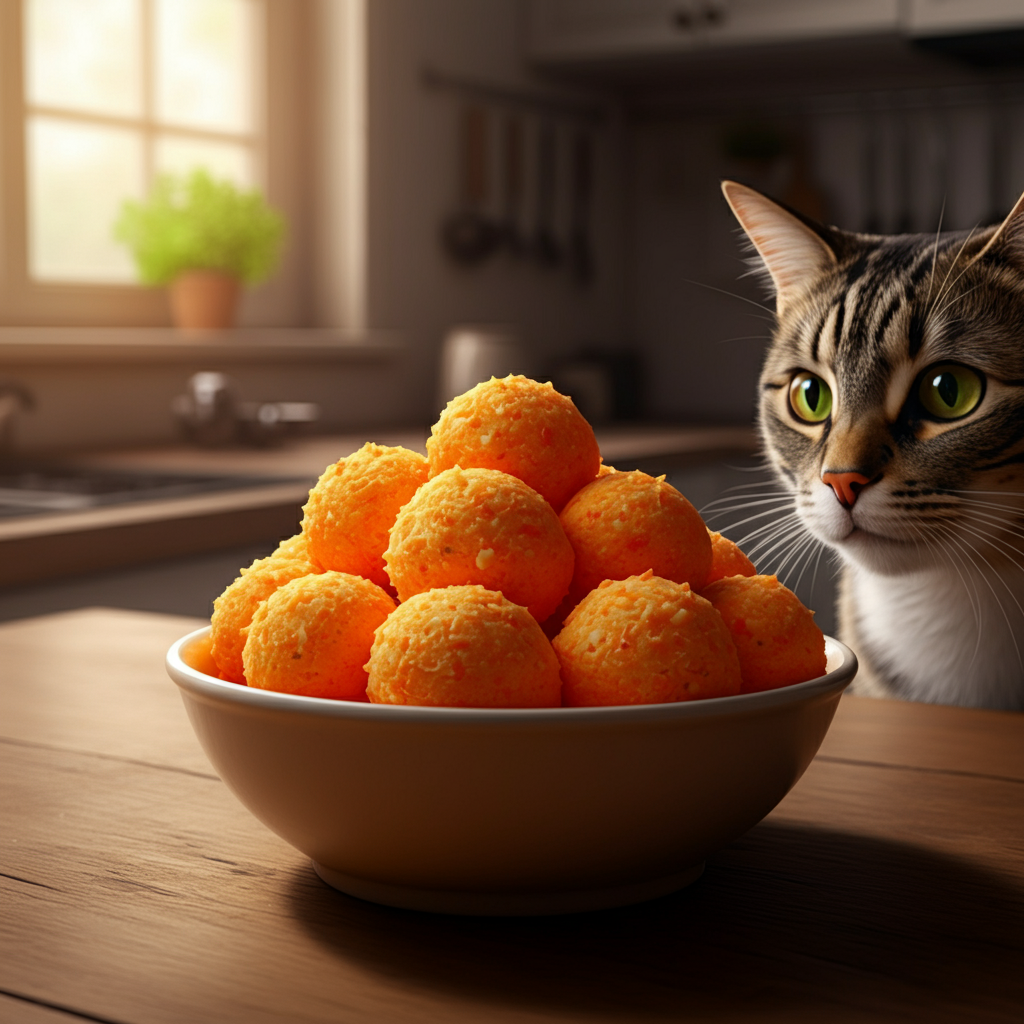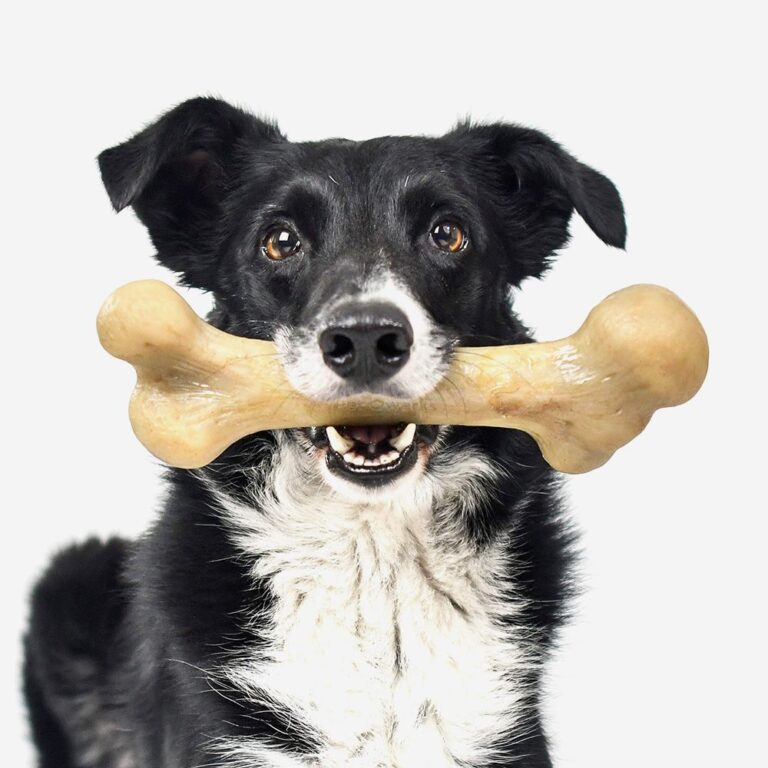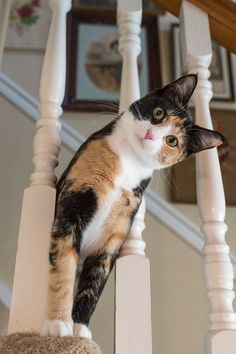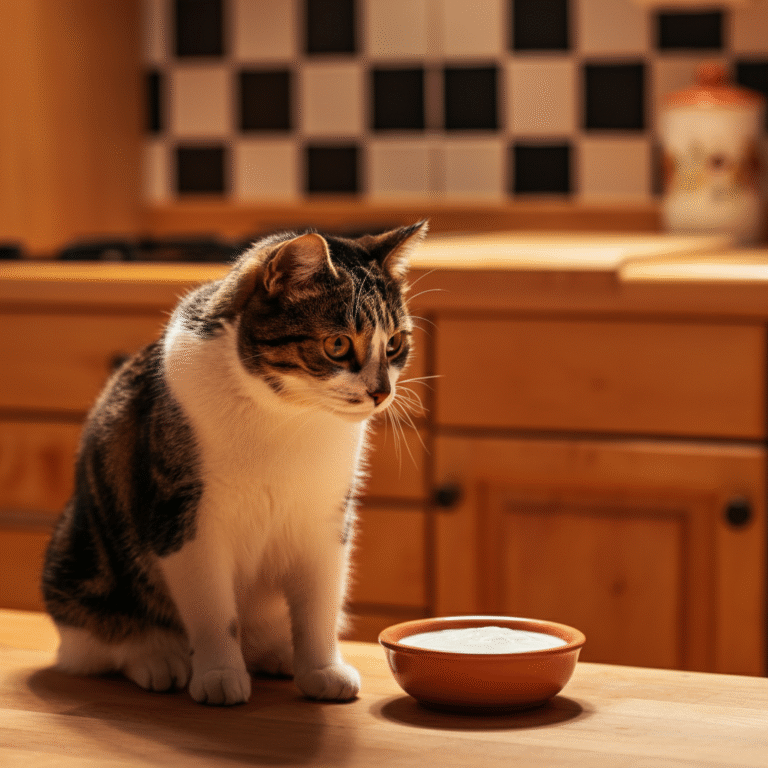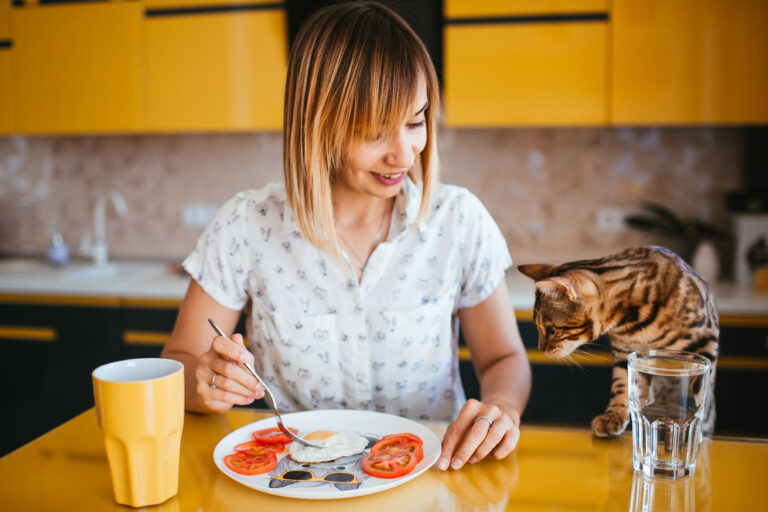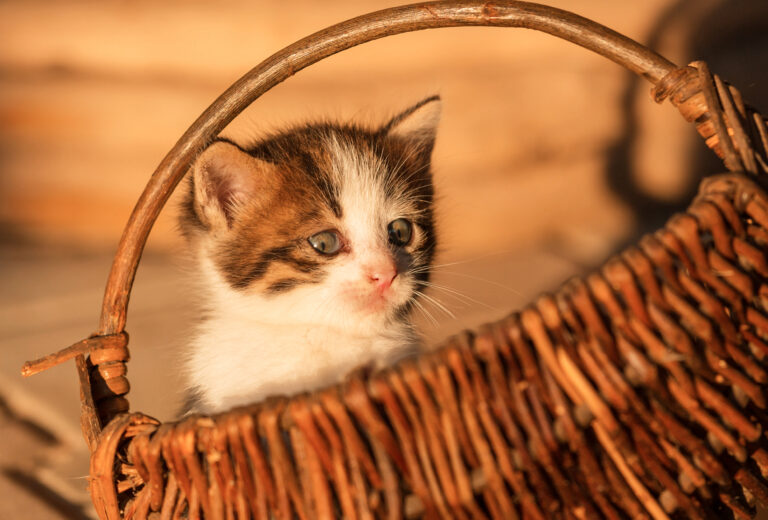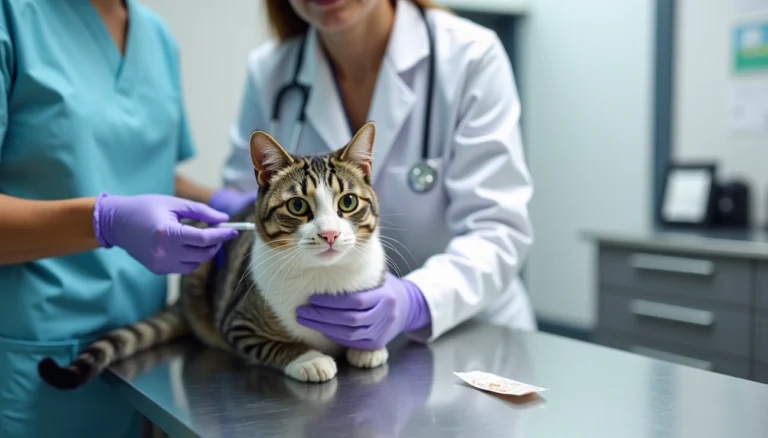Can Cats Eat Cheese Balls? What Pet Owners Need to Know
You’re sitting on the couch, munching on cheese balls, when your cat gives you that look. The one that says, “Share, please?” Before you toss one their way, it’s worth asking: can cats eat cheese balls? While these snacks might seem harmless, they’re not exactly what nature intended for your feline friend. Let’s explore what’s really in cheese balls, why they might not be the best choice for your cat, and what you can offer instead.
What’s Actually in Cheese Balls?
Cheese balls are a processed snack typically made from cornmeal, vegetable oil, cheese powder, and a long list of additives. They’re loaded with salt, artificial flavors, and preservatives designed to keep them shelf-stable and irresistibly crunchy. While humans can tolerate (and enjoy) these ingredients, cats have very different dietary needs.
Most cheese balls contain high levels of sodium, which can be problematic for cats. Their bodies aren’t built to process large amounts of salt, and too much can lead to dehydration or, in severe cases, sodium ion poisoning. The artificial flavorings and colorings don’t add any nutritional value either—they’re simply there to make the snack more appealing to us, not our pets.
Can Cats Eat Cheese Balls ?
Digestive Upset
Cats are obligate carnivores, meaning their digestive systems are designed to break down meat, not processed carbohydrates. Cheese balls are made primarily from cornmeal and vegetable oils, which don’t align with what your cat’s body expects. Feeding them cheese balls can result in stomach upset, diarrhea, or vomiting.
Lactose Intolerance
You might be wondering, “Can cats eat cheese?” or “Can cats eat cream cheese?” The answer is: it depends. Many adult cats are lactose intolerant, meaning they lack the enzyme needed to properly digest lactose found in dairy products. While cheese balls contain cheese powder rather than fresh dairy, they still carry enough lactose to potentially cause problems. Symptoms of lactose intolerance include gas, bloating, and diarrhea.
If you’re curious about other dairy products, you might also ask, “Can cats eat cottage cheese?” or “Can cats eat yogurt?” Small amounts of cottage cheese or plain yogurt (which has lower lactose levels) may be tolerable for some cats, but they’re still not necessary for a balanced diet.
Allergies and Sensitivities
Some cats have allergies or sensitivities to dairy or certain food additives. Even a small amount of cheese can trigger an allergic reaction, which might show up as itching, skin irritation, or gastrointestinal distress. If your cat has never had dairy before, introducing it through a processed snack like cheese balls isn’t the safest way to test tolerance.
Weight Gain and Obesity
Cheese balls are calorie-dense and offer little to no nutritional benefit for cats. Regularly feeding your cat high-calorie, low-nutrient snacks can contribute to weight gain and obesity, which in turn increases the risk of diabetes, joint problems, and heart disease. Dr. Michael Lee, a veterinarian, notes, “Cats have different dietary needs than humans, and cheese balls simply don’t meet those needs. They can even cause allergic reactions or obesity with regular consumption.”
Toxic Ingredients
While cheese balls aren’t toxic in the way chocolate or onions are, certain ingredients can still be harmful. Garlic powder or onion powder, sometimes found in flavored snacks, is toxic to cats even in small amounts. Always check the ingredient list before sharing any human food with your pet.
What Do Experts Say?
Veterinarians and pet nutritionists agree: cheese balls aren’t a good choice for cats. Dr. Emily Carter, DVM, explains, “Cheese balls are not toxic to cats, but they offer no nutritional benefits and can lead to digestive issues. A balanced diet is key for your cat’s health.”
Pet nutritionist Sarah Jones echoes this sentiment: “As a nutritionist, I always advise pet owners to avoid processed foods like cheese balls. There are much healthier and safer treat options available for cats.”
The takeaway? While a single cheese ball probably won’t harm your cat, making it a habit isn’t worth the risk.
Safe and Healthy Treat Alternatives
If you want to treat your cat, there are plenty of safer options that actually benefit their health. Here are a few ideas:
Cooked Meat
Small pieces of plain, cooked chicken, turkey, or fish are excellent treats. They’re high in protein and align with your cat’s natural diet. Just make sure the meat is unseasoned and boneless.
Freeze-Dried Meat Treats
These treats are made from real meat and retain most of their nutritional value. They’re crunchy, flavorful, and much better for your cat than processed snacks.
Catnip or Cat Grass
Not technically a food, but many cats love catnip and cat grass. They’re safe and natural and can provide enrichment and digestive support.
Commercial Cat Treats
Look for treats specifically formulated for cats. Choose brands with minimal ingredients and no artificial additives. Your vet can recommend high-quality options.
Small Amounts of Plain Yogurt or Cottage Cheese
If your cat tolerates dairy, a tiny amount of plain, unsweetened yogurt or cottage cheese can be an occasional treat. However, this should be rare and in very small portions.
How to Keep Your Cat’s Diet Balanced
Treats should make up no more than 10% of your cat’s daily caloric intake. The rest should come from a high-quality, complete cat food that meets their nutritional needs. If you’re unsure whether your cat’s diet is balanced, consult your veterinarian. They can help you choose the right food and treat options based on your cat’s age, weight, and health status.
Frequently Asked Questions
What human foods are safe for cats to eat in small quantities?
Cooked plain meat (chicken, turkey, or fish), plain pumpkin, and small amounts of plain yogurt or cottage cheese can be safe in moderation. Always avoid seasoning, sauces, or additives.
How can I tell if my cat has a food allergy or intolerance?
Common signs include vomiting, diarrhea, itching, skin irritation, and excessive grooming. If you suspect a food allergy, consult your vet for proper testing and diagnosis.
What are the best ways to ensure my cat has a balanced and nutritious diet?
Feed a high-quality commercial cat food that’s appropriate for your cat’s life stage. Avoid table scraps and processed human foods. Regular vet checkups can help monitor your cat’s health and dietary needs.
Are there any specific brands or types of cat treats that vets recommend?
Look for treats with simple, recognizable ingredients and no artificial additives. Freeze-dried meat treats or brands endorsed by veterinarians are usually safe choices.
How often should I give my cat treats, and what is a reasonable portion size?
Treats should make up no more than 10% of your cat’s daily calorie intake. One or two small treats per day is generally reasonable, but always adjust based on your cat’s size and activity level.
Choose Better for Your Feline Friend
While it’s tempting to share your snacks with your cat, cheese balls aren’t the best choice. They offer no nutritional benefits and can lead to digestive upset, allergies, and long-term health issues. Instead, opt for treats designed with your cat’s needs in mind—cooked meat, freeze-dried treats, or vet-approved commercial options. Your cat will thank you with purrs, not stomach troubles. When in doubt, consult your veterinarian to ensure your furry friend stays healthy and happy.
